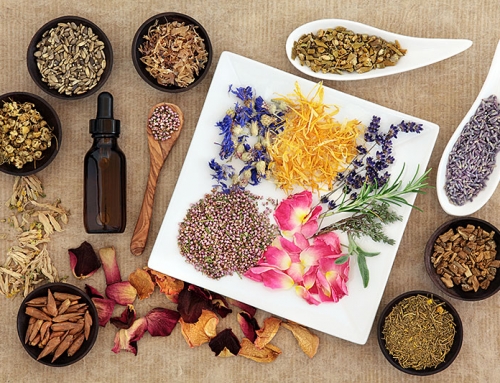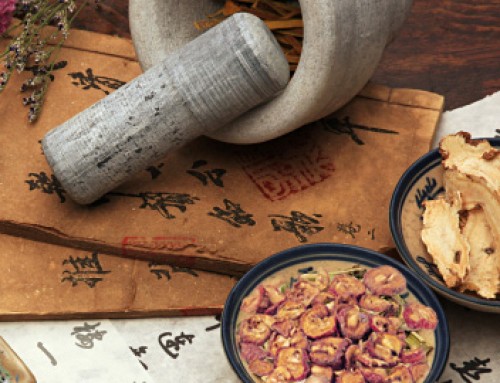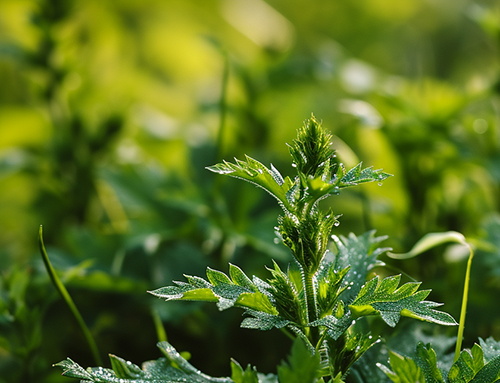紫草
Arnebia (Zicao)
Pharmaceutical Name: Radix Lithospermi seu Arnebiae
Botanical Name: 1. Lithospermun erythrorhizon sieb. et zucc; 2. Arnebia euchroma (Royle Johnst); 3. Macrotomia euchroma
Common Name: Lithospermun root, Arnebia root, Groomwell root
Source of Earliest Record: Shennong Bencao Jing
Part Used: The roots are dug in spring or autumn, dried in the sun, soaked in water and cut into slices.
Natural Properties & Taste: Sweet and cold
Meridians: Heart and liver
Therapeutic Effects:
1. To cool blood and invigorate blood.
2. To release toxins and bring the rash to the surface.
3. To promote bowel movement and moisten the intestines.
Indications:
1. Incomplete expression of rash in measles due to toxic heat in the blood. Arnebia (Zicao) is used with Cicada slough (Chantui), Arctium fruit (Niubangzi).
2. Maculopapule in febrile disease. Arnebia (Zicao) is used with Red peony (Chishao), Moutan bark (Mudanpi), Honeysuckle flower (Jinyinhua) and Forsythia fruit (Lianqiao).
3. Prevention of measles. Arnebia (Zicao) is used with Licorice root (Gancao).
4. Boils, carbuncles, burns and injury due to cold. Arnebia (Zicao) is used with Chinese angelica root (Danggui), Dahurian angelica root (Baizhi) and Dragon’s blood (Xuejie) as an external application in the formula Shengji Yuhong Gao.
Dosage: 3-10 g
Cautions & Contraindications: This herb is contraindicated during weakness of the spleen accompanied by diarrhea.






